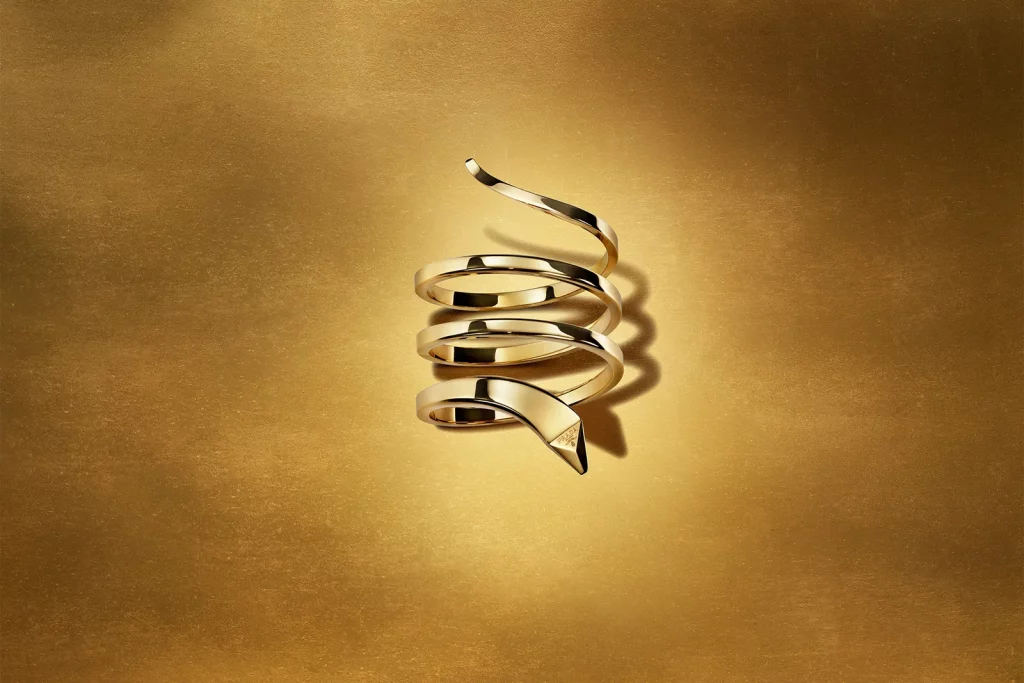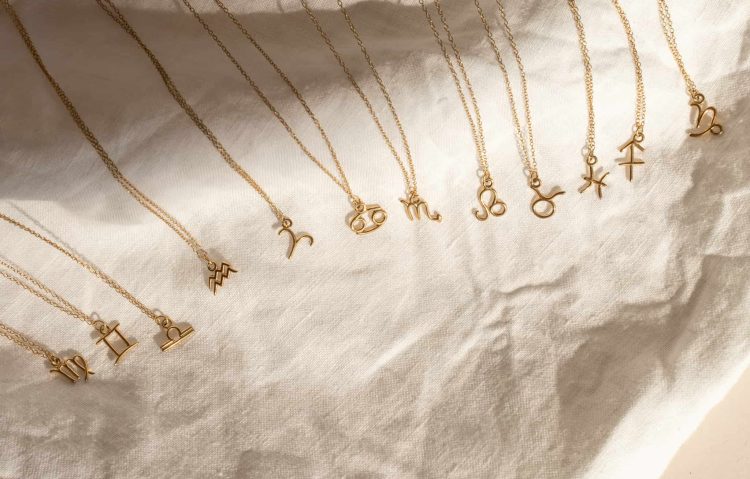As we step deeper into 2025, the gold jewelry market is undergoing a fascinating evolution, blending tradition with innovation, and catering to an increasingly diverse and discerning global audience. Consumers are not just looking for jewelry that dazzles; they want pieces that tell stories, represent values, and adapt to modern lifestyles. Meanwhile, investors and brands are keenly watching these shifts, as gold jewelry remains a compelling asset both for its intrinsic value and its cultural significance. Understanding the emerging design trends, consumer preferences, and market opportunities is crucial for anyone involved in the jewelry world this year.
Key Trends Shaping the Gold Jewelry Market in 2025
One of the most notable trends in 2025 is the resurgence of minimalist luxury. After years of maximalism, consumers are increasingly favoring sleek, understated designs that offer versatility and timelessness. Pieces such as thin stackable rings, delicate gold chains, and minimalist hoop earrings are dominating collections from both luxury and emerging brands. The focus is on craftsmanship and material quality rather than bold, ornate designs.
Another key movement is personalized jewelry. Consumers are seeking unique expressions of identity, leading to a boom in customizable gold pieces. Monogrammed pendants, birthstone-accented gold rings, and made-to-order designs are highly sought after. This personalization wave allows brands to offer bespoke experiences that connect emotionally with customers, a major advantage in a saturated market.
Sustainable and ethical sourcing is also non-negotiable in 2025. Gen Z and millennial buyers, now the dominant luxury consumer groups, are demanding transparency. They want to know where their gold comes from and whether mining practices were responsible. This has pushed brands to embrace recycled gold, fair-trade sourcing, and detailed supply chain disclosures. Companies promoting sustainability as part of their brand DNA are finding stronger loyalty among conscious consumers.
Moreover, technological integration is subtly influencing design. Smart jewelry—gold pieces that incorporate fitness tracking, payment technology, or even mood sensors—has shifted from niche to mainstream, especially in the luxury sector. Consumers want jewelry that not only looks beautiful but serves a practical, tech-enabled function, particularly in markets like the United States, Europe, and East Asia.
Emerging Design Innovations and Consumer Preferences
In 2025, designers are pushing boundaries with bold experimentation in texture and form. Textured gold—such as hammered finishes, matte surfaces, and rough-hewn aesthetics—is trending over high-shine polish. Consumers appreciate the artisanal, hand-crafted feel that textured pieces convey, viewing them as more authentic and grounded.
Mixed-materials jewelry is also gaining momentum. Gold is increasingly paired with alternative materials like ceramics, sustainable wood, recycled glass, and lab-grown gemstones to create striking contrasts. This not only diversifies design possibilities but also appeals to eco-conscious buyers who value sustainable artistry.
A significant consumer preference is emerging around gender-fluid jewelry. Traditional gender divisions in jewelry design are dissolving, leading to more unisex collections. Chunky gold chains, signet rings, and bold cuffs are popular among all genders, reflecting broader societal shifts towards inclusivity and self-expression.
In terms of cultural influences, global design motifs are playing a bigger role. Designers are drawing inspiration from African, Middle Eastern, and South Asian traditions, modernizing heritage patterns into contemporary designs. Intricate filigree, symbolic charms, and geometric motifs from various cultures are blending into mainstream jewelry aesthetics, providing rich narrative layers to each piece.
Furthermore, multi-functionality is a strong preference. Consumers want pieces that transition seamlessly from casual daywear to elegant evening looks. Convertible designs—like gold necklaces that can be worn as bracelets or earrings that transform into pendants—are extremely popular for their practicality and versatility.
What’s Not Hot in 2025
While many trends are on the rise, certain styles and practices are falling out of favor. Traditional heavy-set jewelry, especially overly ornate gold pieces without modern adaptation, is seeing declining interest, particularly among younger buyers who prefer more lightweight and wearable designs.
Yellow gold remains strong, but overly brash, high-karat yellow pieces with extreme shine are losing appeal in favor of subtler 18k or mixed-tone golds that blend yellow, white, and rose hues. The goal is sophistication over ostentation.
Also waning is the appeal of mass-produced, indistinguishable designs. In 2025, originality matters. Consumers are moving away from pieces that feel generic or lacking in storytelling, favoring artisanal or limited-edition collections instead. Fast fashion jewelry brands flooding the market with cheap gold-plated options are struggling to retain credibility among serious buyers.
Finally, brands that do not embrace ethical and environmental responsibility are increasingly being called out and marginalized. Greenwashing tactics—marketing products as “ethical” without substantive proof—are being met with consumer backlash. Authenticity and transparency are essential to survival in the 2025 gold jewelry landscape.

Market Opportunities for Investors in Gold Jewelry
For investors, the shifts in the gold jewelry market present notable opportunities. First, the luxury personalization segment is booming. Brands offering custom-made or limited-edition gold pieces are commanding premium prices and enjoying strong margins. Investment in companies specializing in bespoke jewelry could yield significant returns as personalization continues to drive consumer decisions.
Ethical gold supply chains offer another major investment avenue. Firms that provide traceable, responsibly mined or recycled gold are poised for growth. As sustainability becomes not just a preference but a necessity, investment in these areas supports long-term brand loyalty and market share expansion.
The growing demand for tech-integrated jewelry opens up opportunities at the intersection of luxury and wearable technology. Investing in brands pioneering smart jewelry solutions—or tech companies partnering with traditional jewelers—could capture a rapidly expanding niche that blends fashion with functionality.
Heritage revival is another fertile area. Brands that modernize traditional goldsmithing techniques and integrate cultural artistry into their collections are resonating with a global audience hungry for meaningful, story-driven pieces. Investing in brands that successfully merge heritage with contemporary style can be highly lucrative.
Finally, secondary market platforms for gold jewelry are seeing explosive growth. As consumers become more comfortable buying pre-owned luxury items, online marketplaces specializing in authenticated, pre-loved gold jewelry present an attractive investment or partnership opportunity. The value proposition of gold’s timelessness fits perfectly with circular economy trends.
Conclusion: 2025 Is Gold’s Year to Shine—In More Ways Than One
The gold jewelry market in 2025 is vibrant, dynamic, and full of promise. Consumers are demanding more from their jewelry: more meaning, more craftsmanship, more versatility, and more accountability. Trends like minimalist luxury, personalization, sustainability, and tech integration are not passing fads but fundamental shifts shaping the future of gold jewelry. Meanwhile, outdated, mass-market, and ethically dubious practices are being firmly left behind.
For brands, designers, and investors, adapting to these trends is not optional—it is essential for success. By embracing innovation, authenticity, and consumer-centric values, stakeholders can not only thrive in today’s competitive market but also set new standards for excellence in the world of gold jewelry.



































